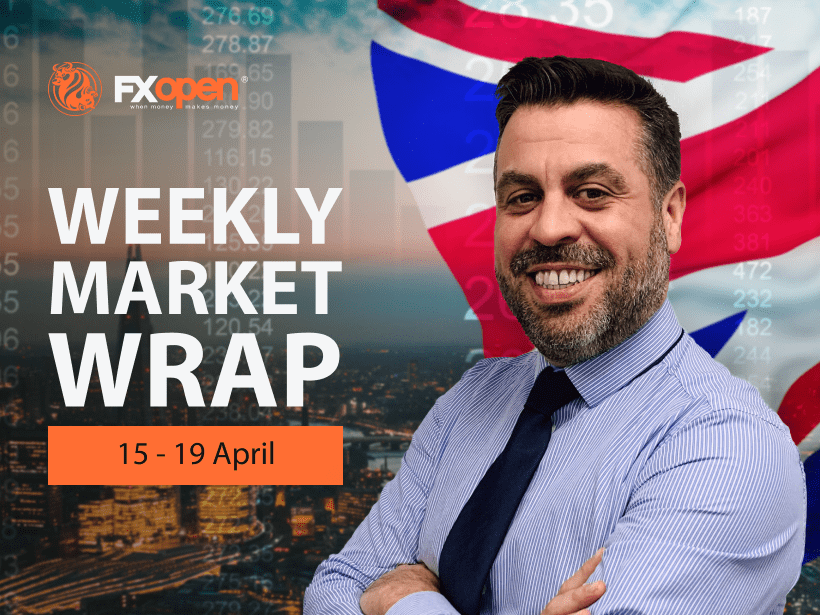FXOpen
Silver jumped to $20.81 an ounce on Friday after worse than expected US retail sales and jobless claims reports, the white metal is expected to resume downside movement from current levels.
At the time of writing, Silver is being traded near $20.78 per ounce in Asia. Immediate hurdle can be noted around $20.80 which is a confluence of 200 Daily Moving Average (DMA) and 50% fib level. A daily close above $20.80 may accelerate the upward movement hence exposing $21.00 milestone. The metal has already confirmed bullish bias by printing a Higher High (HH).

On downside, support can be noted near $20.30, 38% fib level and 100 DMA, ahead of $19.80 that is 55 DMA. The white metal shall print Higher Low (HL) in correction phase which will confirm the bullish bias.
It is pertinent to mention here that the current price of Silver is still lower than its mining cost. Many miners have stopped new mining projects for Silver as they are no more feasible, according to them. So this might create a supply and demand deficit in future, hence price for the metal will ultimately tend to rise. So we are bullish about Silver in long term.
Yesterday a report by the US commerce department showed that retails sales declined to the lowest level in about 10 months. 0.4% dip in January sales followed a 0.1% revised drop in December, according to government statistics. Furthermore, initial jobless claims also rose by 8,000 during last week to 339,000. Market was anticipating no change in January sales and 1,000 decrease in jobless claims. In addition, China’s January exports also surged by 10.6%, thus spurring growth optimism about the Asian country. China is the biggest consumer of Silver and Gold, so prices of both the precious metals rose after exports data.
Trade over 50 forex markets 24 hours a day with FXOpen. Take advantage of low commissions, deep liquidity, and spreads from 0.0 pips. Open your FXOpen account now or learn more about trading forex with FXOpen.
This article represents the opinion of the Companies operating under the FXOpen brand only. It is not to be construed as an offer, solicitation, or recommendation with respect to products and services provided by the Companies operating under the FXOpen brand, nor is it to be considered financial advice.





